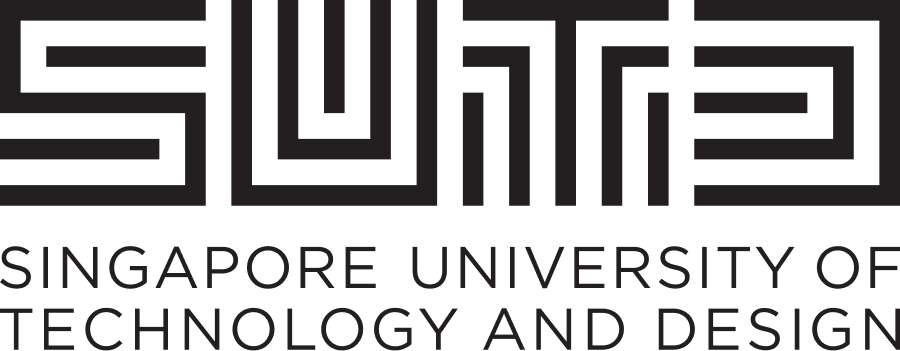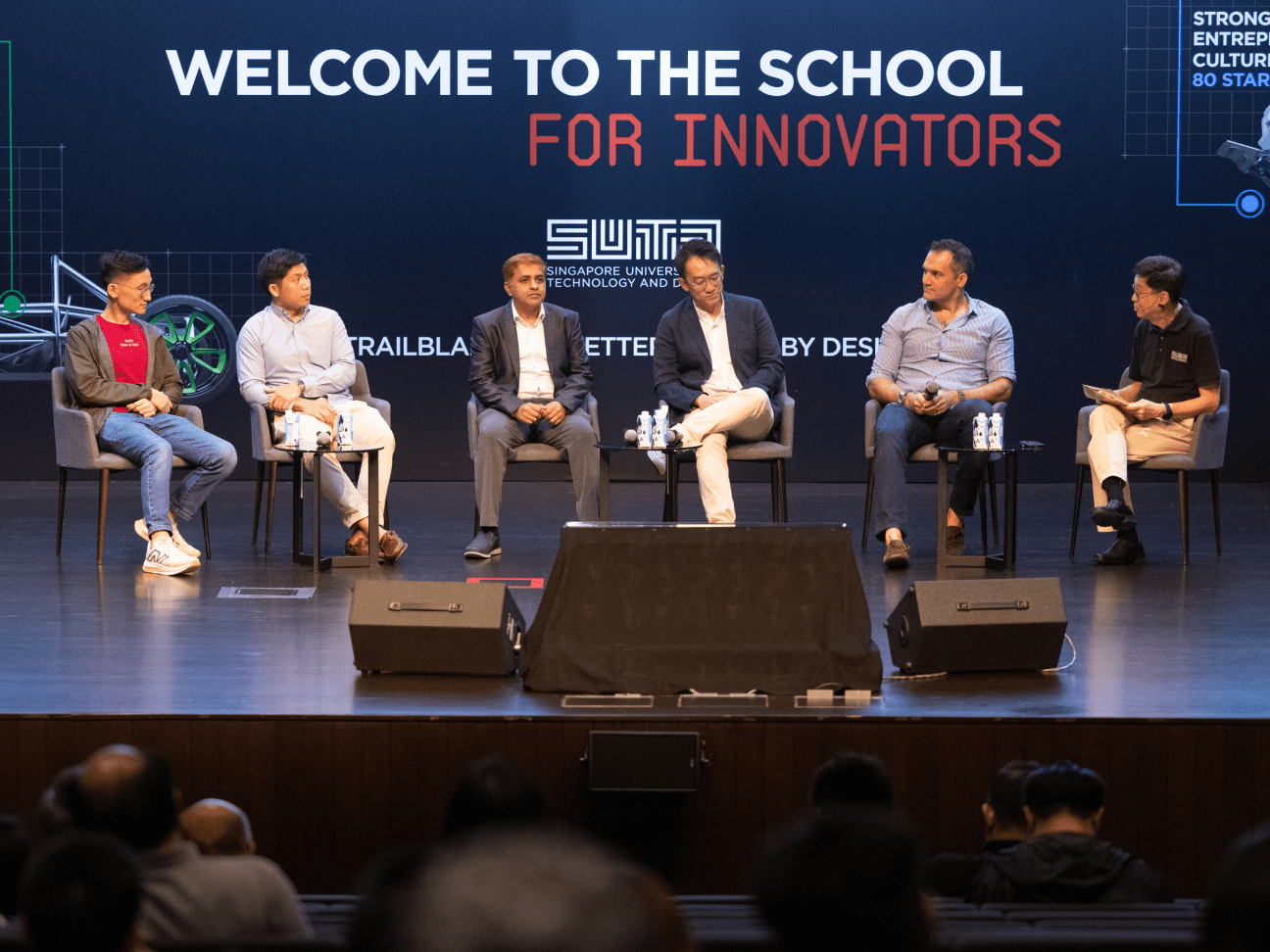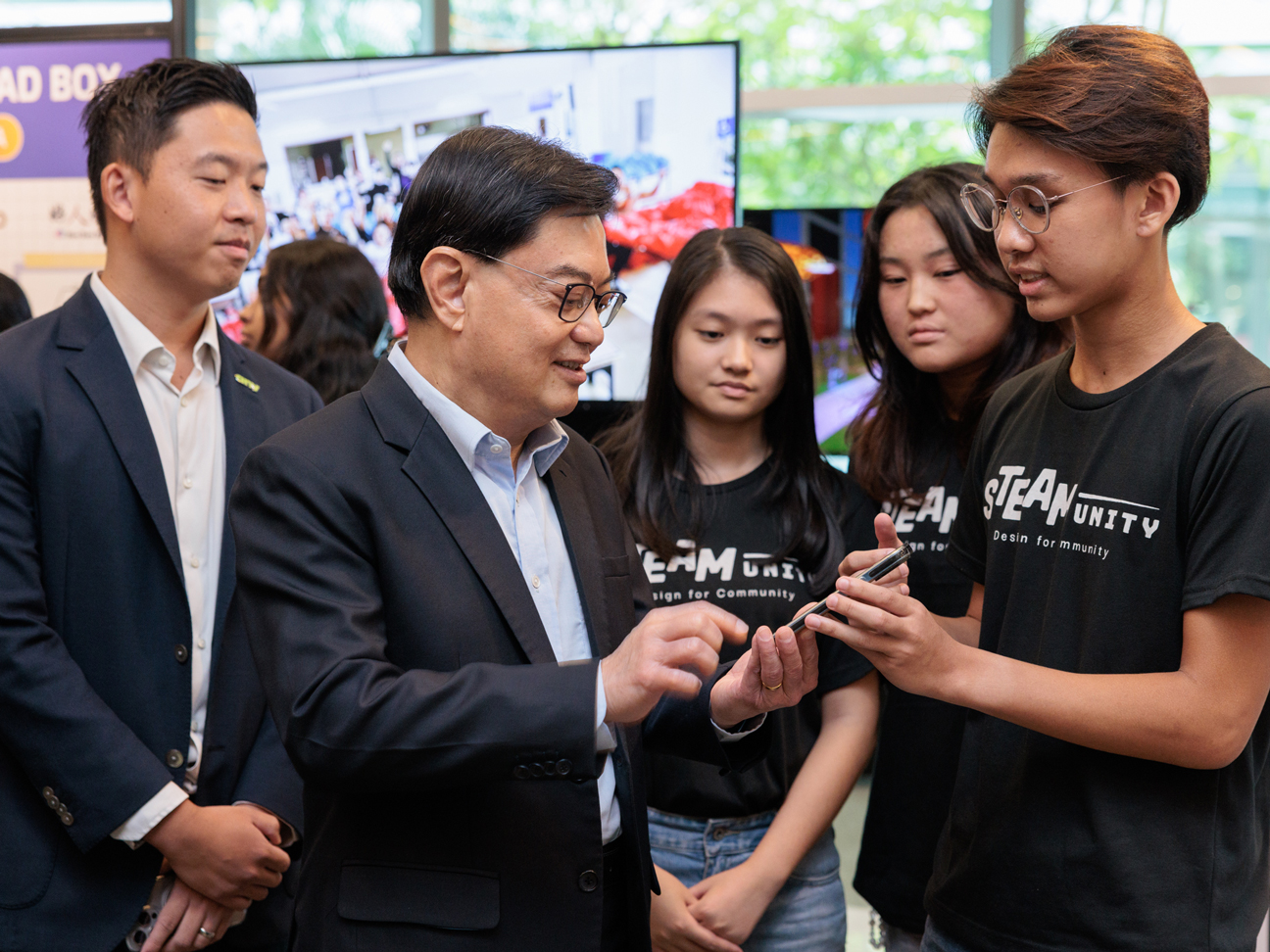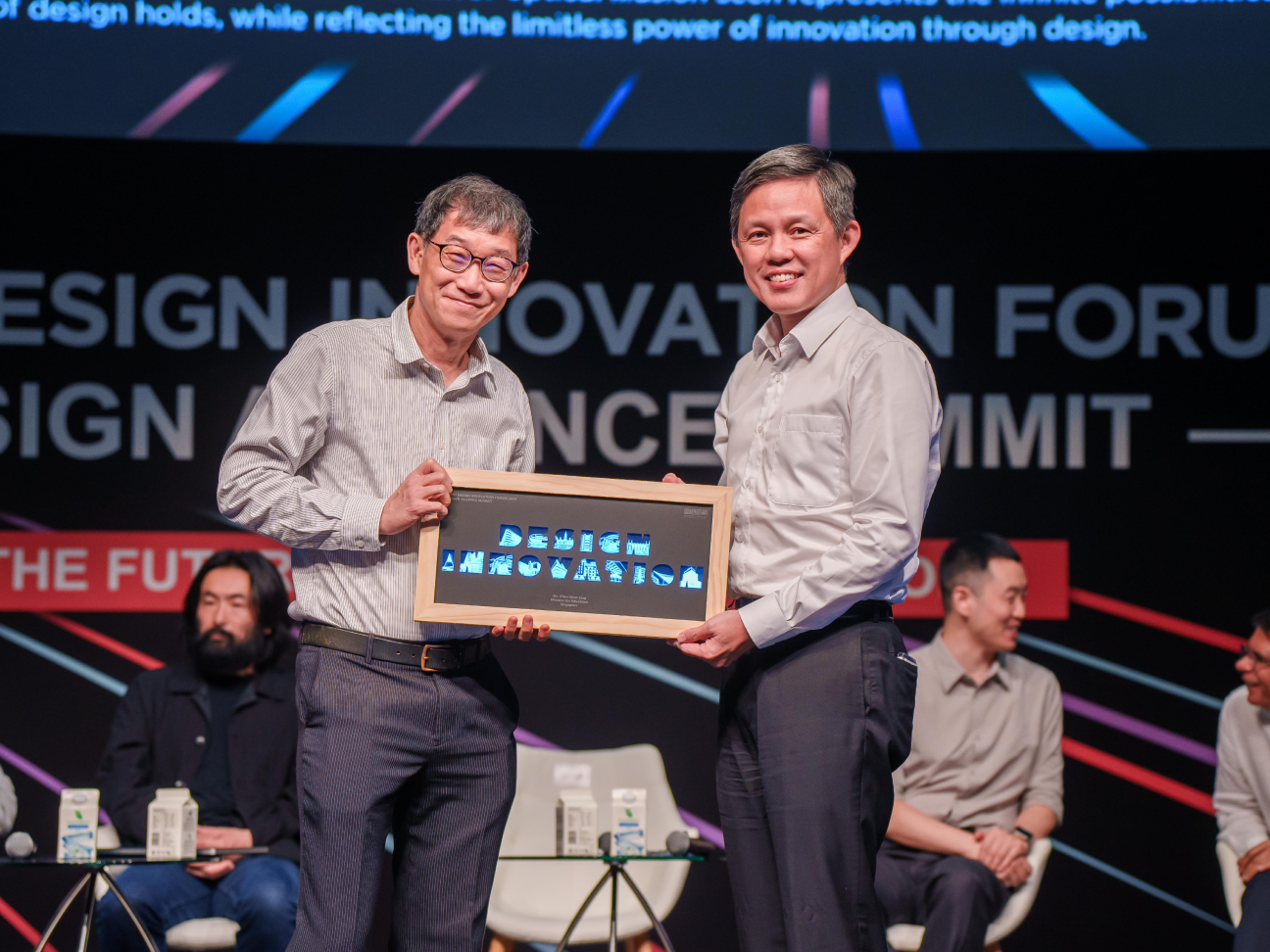Research news
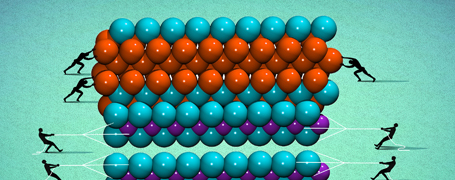
Strained engineering enables 21st century wonder materials
SUTD researchers Robert Simpson and Zhou Xilin, together with researchers from the Institute of Photonic Sciences (IFCO) and Massachusetts Institute of Technology (MIT), are investigating ways to stack two dimensional crystals, one on top of another, and designing new artificial materials based on these stacks.


Low dimensional nanomaterials for energy storage applications
In a recent work, an SUTD research team lead by Associate Professor Yang Hui Ying and Research Scientist Dr Mo Runwei have designed an innovative nanoscale architecture comprising of a nitrogen-doped graphene shell covering high capacity germanium quantum dots (Ge-QDs) on a nitrogen-doped graphene scaffold.


4D printing gets simpler and faster
A research team led by the Singapore University of Technology and Design’s (SUTD) Associate Provost of Research, Professor Martin Dunn, has come up with a new and simplified 4D printing method that uses a 3D printer to rapidly create 3D objects, which can permanently transform into a range of different shapes in response to heat.

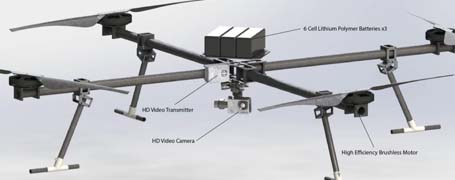
SG50 Multi-Rotor Craft (In collaboration with DSO National Laboratories)
To celebrate and commemorate Singapore’s 50th birthday, the development of a specially designed multi-rotor aerial craft that has a flight endurance of 50 minutes using advanced digital fabrication methods is proposed.


Swarming Robots
Potentially useful in disaster rescue missions as well as coastline protection and surveillance, these microrobots were inspired by the emergent behavior of social insects, flocks of birds and schools of fish.

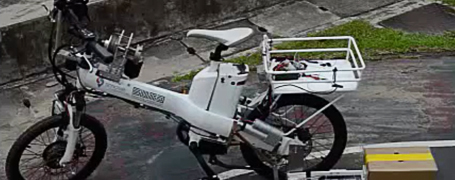
Autonomous Bike
An efficient solution to tackle first and last mile transportation challenges, the Autonomous Bike or AutoBike features an Android phone as the vision and guidance system.

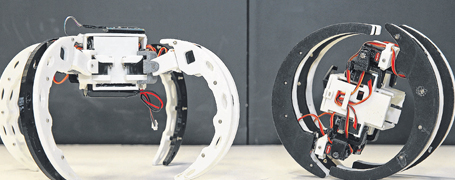
Hinged Tetro & Scorpio Robots
Inspired by a species of huntsman spider, this robot can transform, roll and somersault.

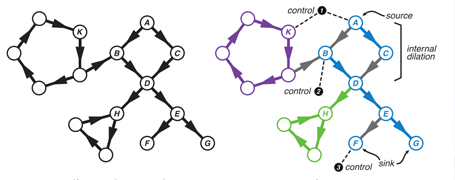
Controlling Networks by Design
Network models are often used to represent large-scale systems across a diverse range of applications, including finance, neuroscience, biochemistry and social dynamics.

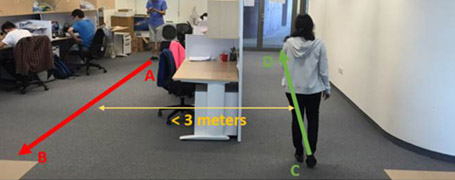
Indoor Relative Positioning System
Highly relevant in Singapore’s densely populated urban setting, the Indoor Relative Positioning System localizes the positions of mobile users in an indoor environment.


Scene-based Localisation
The project aims to determine the location of the camera when the query image is taken without GPS assistance.

